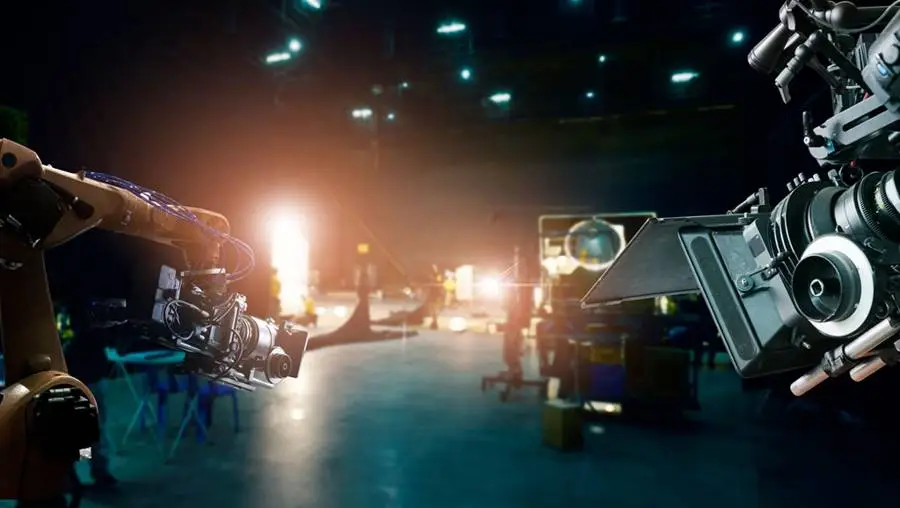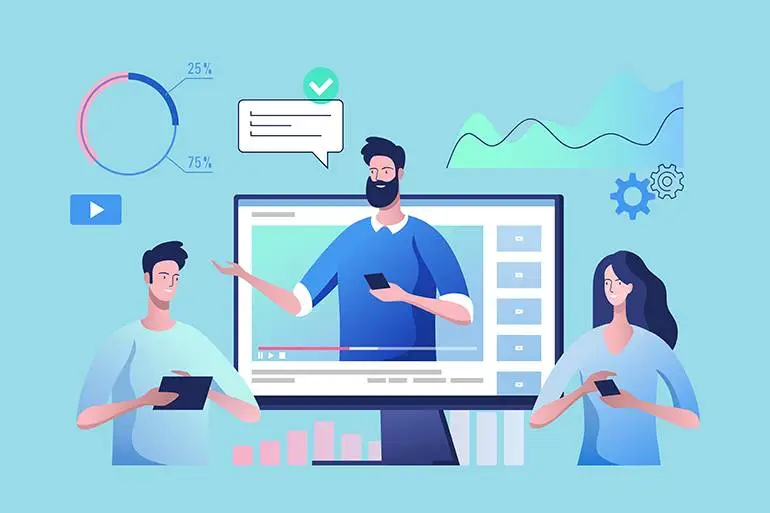Artificial intelligence (AI) has undergone a significant evolution in the last decade, driven by the advancement of technology and access to vast amounts of data. This revolution has infiltrated many industries, including video production. In this article, we will explore three examples of how AI is pushing the boundaries in the field of video production.
How does Artificial Intelligence work?
To understand how AI is revolutionizing video production, we must first understand how it works. AIs do not all work in the same way and there are different types of algorithms. However, in general, AIs learn from data using mathematical algorithms.
The first stage is learning, where AIs are trained from a set of data. Then, the AI uses this data to learn to identify patterns and relationships between different variables. Once training is complete, the AI can use what it has learned on new data. This can be useful for speech recognition, image recognition, machine translation, product recommendation or autonomous driving.
When we focus on image and video generation, we should talk about generative AI, which is capable of autonomously generating new content (images, videos, music, text) from learning data. These AIs mimic human creations through automatic language processing, computer vision, voice recognition, deep learning, data generation and optimization.
The Three AIs That Are Revolutionizing Video Production
Runway
Runway is a video editing software that uses machine learning capabilities. This software, created in 2019 in the United States, offers more than 30 tools and functions to assist in the post-production process. These tools include color correction, compositing, generation, editing, chroma key and motion tracking.
In 2022, Runway incorporated generative AI, GEN-1, into its platform. This tool allows new videos to be created from existing videos by adding different styles. This can be done with the help of an image, a preset suggested by the software, or a prompt.
Replicate
Replicate is a platform that facilitates the user experience for generating content with AI tools. In the “Enter Replicate” section, the user has access to a large selection of open source models that software engineers can use with a few lines of code.
The platform offers models such as Stable Diffusion, for creating or modifying videos. In the “Explore” window of the site, the user can choose between different types of models: audio generation, image generation from text, text generation from images, image restoration or video generation.
Synthesia
Synthesia is a software that replaces the entire video production process, allowing AI-driven videos to be produced from text and an animated avatar. To create a video, the user starts by selecting the presenter. The user can choose from over 125 avatars already present in the software, or even create their own avatar from a photo.
Once the presenter is selected, the user writes the script and the platform automatically generates the video. As for the audio, the user can select the presenter’s voice and accent, and can also choose from more than 120 languages. In addition, it is possible to add your own audio, and the platform will synchronize it with the video.
Synthesia is capable of generating high quality videos up to 30 minutes long. This software is especially useful for creating corporate videos, training videos, e-learning or tutorial videos.
AI as a Tool for Artists
Although some artists see AI as a threat to their future, the reality is that AI can be a valuable tool for artists, designers and copywriters. AI can automate the most repetitive and time-consuming tasks, freeing up time for creation.
Conclusion
AI is revolutionizing video production, offering new tools and possibilities for content creators. As the technology continues to advance, we are likely to see even more innovations in this field.




Leave a Reply